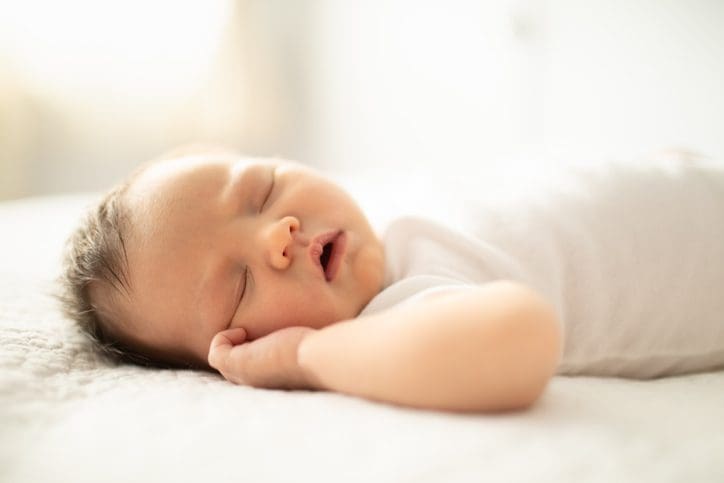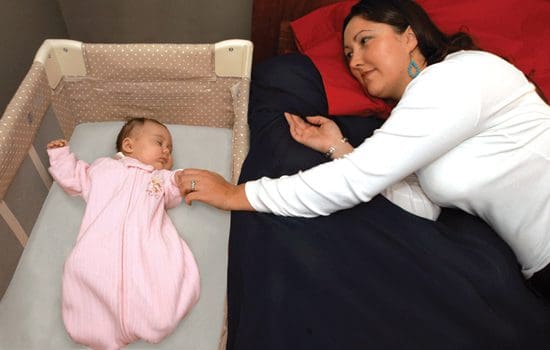National Safe Sleep Hospital Certification
MRHS Supports Safe Sleep for Infants
Sudden unexpected infant death (SUID, formerly known as SIDS) is a term used to describe the sudden and unforeseen death of a baby younger than 1 year old when the cause is not specifically known. These deaths often happen while the baby is sleeping, and investigation often reveals that the baby was not able to breathe properly in their crib or other sleep environment.

At Mena Regional Health System, we are dedicated to the health and safety of our youngest patients. We have applied for certification as a Safe Sleep Hospital. The National Safe Sleep Hospital Certification Program recognizes hospitals that have committed to making babies as safe as possible in their sleep environments and eliminating as many sleep-related deaths as possible.
Safe Sleep Hospital Requirements
Certified Safe Sleep Hospitals are required to:
- Develop a safe sleep policy statement incorporating the Infant Safe Sleep guidelines from the American Academy of Pediatrics.
- Train staff on safe sleep guidelines, the hospital’s safe sleep policy, and the importance of modeling safe sleep for parents.
- Educate parents on the importance of safe sleep practices and implement these practices in the hospital setting.
Learning about safe sleep for babies is important for all caregivers, including grandparents, other family members, babysitters, childcare providers, and anyone else who might care for babies.

Best Practices for Safe Sleep
As a certified Safe Sleep Hospital, MRHS will also share infant sleep safety best practices and education with the community.
Here are tips to help create a safer sleep environment:
- Follow the ABCs of Safe Sleep:
- Alone – baby sleeps alone, without other objects, caregivers, or siblings
- Back – baby sleeps on his/her back
- Crib – baby sleeps on his/her own sleeping space, such as a crib or a bassinet
- Until their first birthday, place your baby on their back to sleep for naps and at night.
- Place your baby to sleep on a firm sleep surface covered by a fitted sheet.
- Room-sharing is recommended – keep baby’s sleep area in the same room where you sleep for at least the first six months, but do not let your baby sleep with you or anyone else in bed (co-bedding).
- If your baby falls asleep in a car seat, stroller or other carrier, move them to a firm sleep surface such as a crib, bassinet or portable crib for sleep.
- Never place your baby to sleep on a couch, sofa, or armchair.
- Keep soft objects such as pillows and blankets, toys and bumpers out of your baby’s sleep area.
- If you give your baby a pacifier, use one that is not attached to a string for naps and at night to decrease risk of choking or strangling.
- Breastfeed your baby (studies show babies who breastfeed have a lower risk for SUID).


